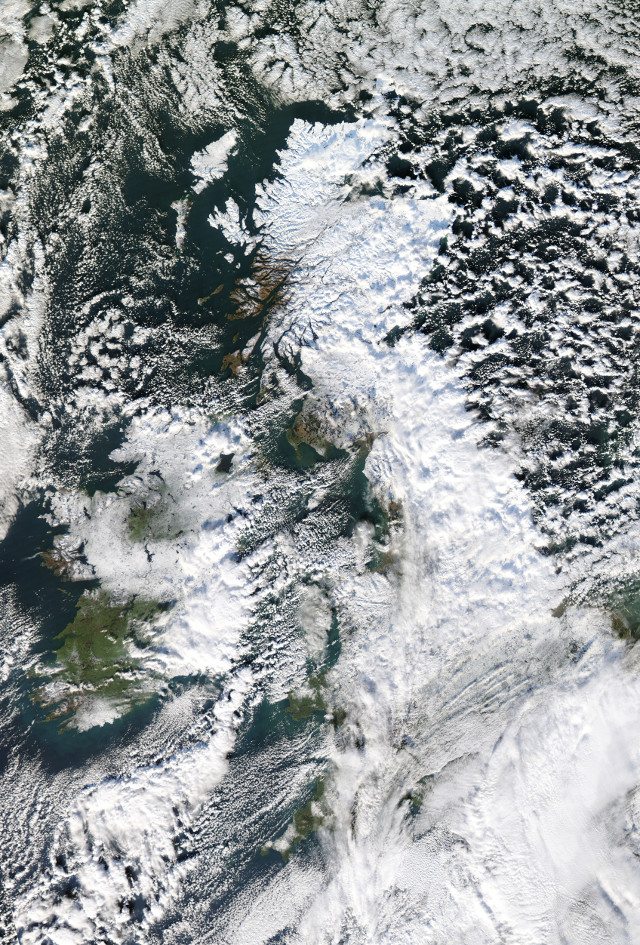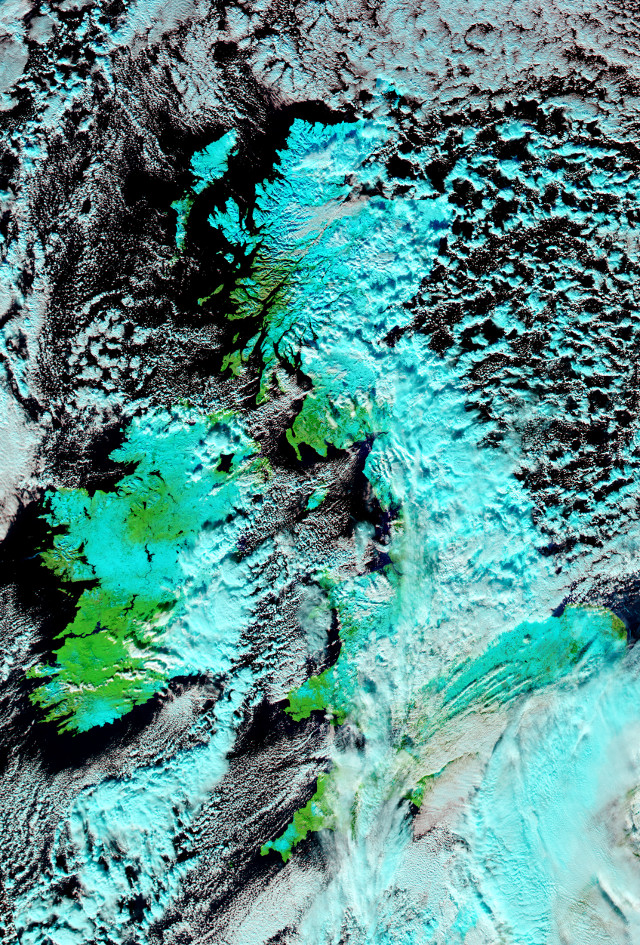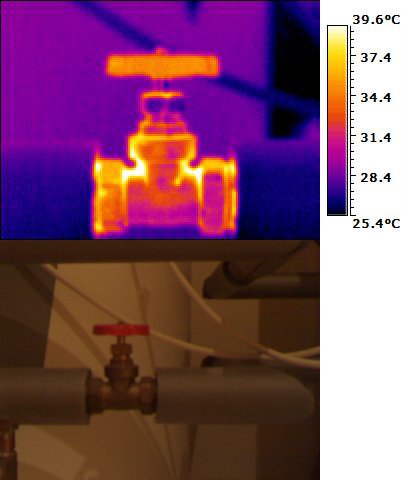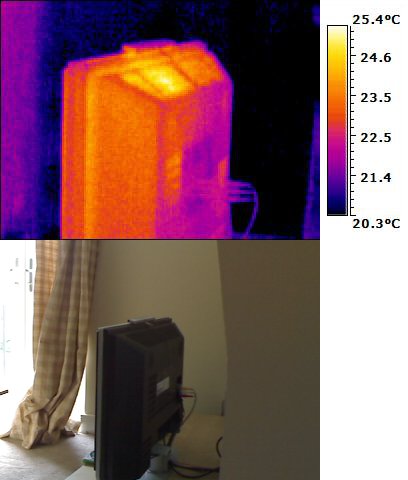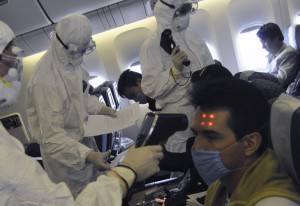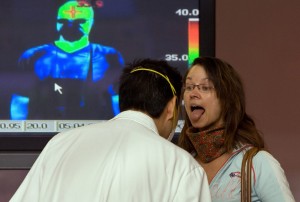There is a mission in the first Splinter Cell computer game where you have to use your thermal vision to read a keypad code entered by a guard. Researchers from University of California San Diego have now shown that this is entirely possible.
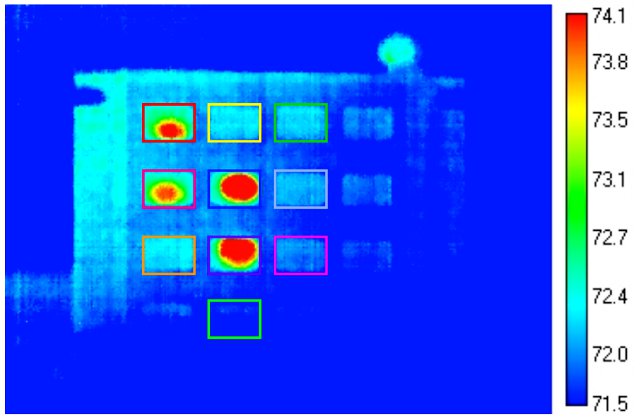
Building on earlier work by Mike Zalewski the researchers have shown that codes can be easily discerned from quite a distance (at least seven metres away) and image-analysis software can automatically find the correct code in more than half of cases even one minute after the code has been entered. This figure rose to more than eighty percent if the thermal camera was used immediately after the code was entered.
K. Mowery, S. Meiklejohn, and S. Savage. 2011. “Heat of the Moment: Characterizing the Efficacy of Thermal-Camera Based Attacks”. Proceedings of WOOT 2011. (.PDF 9.53Mb).






